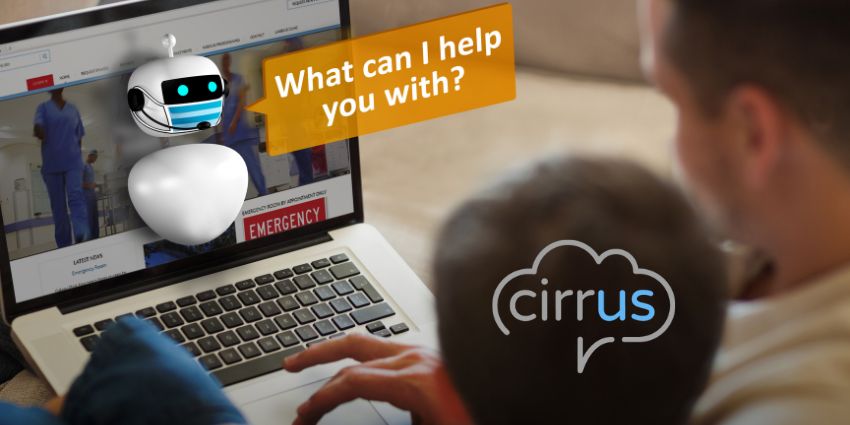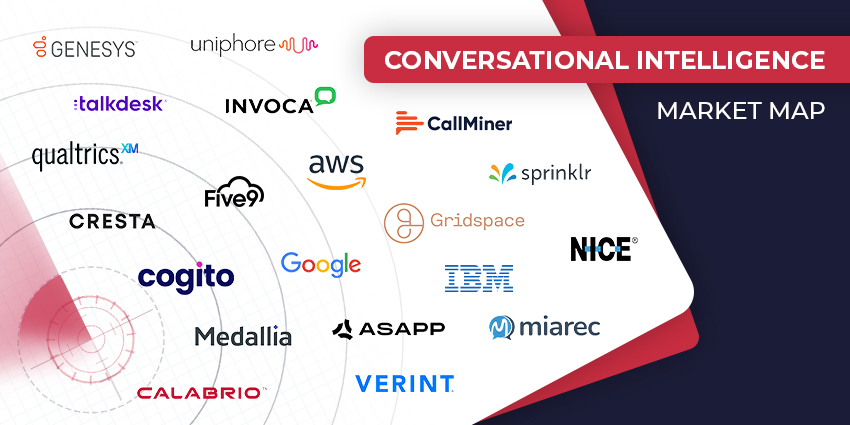For as long as Ian Firth, VP Products, Speechmatics can remember, voice has defined telephony. Since the introduction of Voice Over Internet Protocol (VoIP), a lot has changed, he added. “The transition from circuit-based telephony to packets is why we are here today and the reason why AI is so prevalent in the contact center.” During a recent interview, Firth outlined how developments in AI and cloud computing now enable contact centers to offer unique experiences, reduce the amount of mundane tasks agents preform, and a lot more.
 Although speech recognition technology has been around for decades, in modern applications of the technology, AI and machine learning enable you to train agents better. And voice data can lend insight into business performance based on how the best agents serve customers, which in the end, can be used to improve other agent stats.
Although speech recognition technology has been around for decades, in modern applications of the technology, AI and machine learning enable you to train agents better. And voice data can lend insight into business performance based on how the best agents serve customers, which in the end, can be used to improve other agent stats.
“This kind of knowledge base can also help maintain consistency. Having the convenience of agents having more background information from previous calls to refer to during a current call so customers do not have to repeat themselves is a must,” he added. Not only does this reduce the transaction time, but it can speed up the time it takes to settle a customer dispute.
“We are now in a much more data-driven business environment. When we see a lot more data around us, we need to capture it otherwise we lose out on the business value of analytics”
Contact centers can then get a thorough sense of customer emotions, intent, and feelings going far beyond that of text data. Agents will see a reduction in the number of mundane tasks they perform, too, according to Firth. The use of machine learning-powered applications like speech recognition removes the duty of performing mundane tasks from agents, leaving them to perform tasks humans add value to, such as when a situation escalates to a manager, or when IVR routes a customer to the correct agent.
“If contact centers can offload some of those conversations such as password resets to automated systems to get the customer to self-serve, that is powerful”

He told me, this isn’t only reflected in labor costs that improve because of speech recognition, but rather, the value reaches far beyond that. As such, he contends, this has the power to transform a contact center’s customer experience by matching the right information with the proper customers as fast as possible. Telephony data’s been collected for decades, but these audio recordings were mostly only transcribed to text when used during dispute resolution, call sampling and for compliance purposes.”
Today, call recordings have more practical applications, mostly due to the nature of the recordings. They’re in the cloud but also on-premises. It’s simpler to produce actionable insights that impact a bottom line because locating data isn’t difficult to do.
Businesses are looking to transcribe historic data to enhance their analytics but where we are seeing the most demand is for real-time voice-to-text to enhance the customer and agent experience as it happens.” It is also no longer time-consuming to listen to, nor is it an intensive task that requires extra capital thanks to digital transformation.







